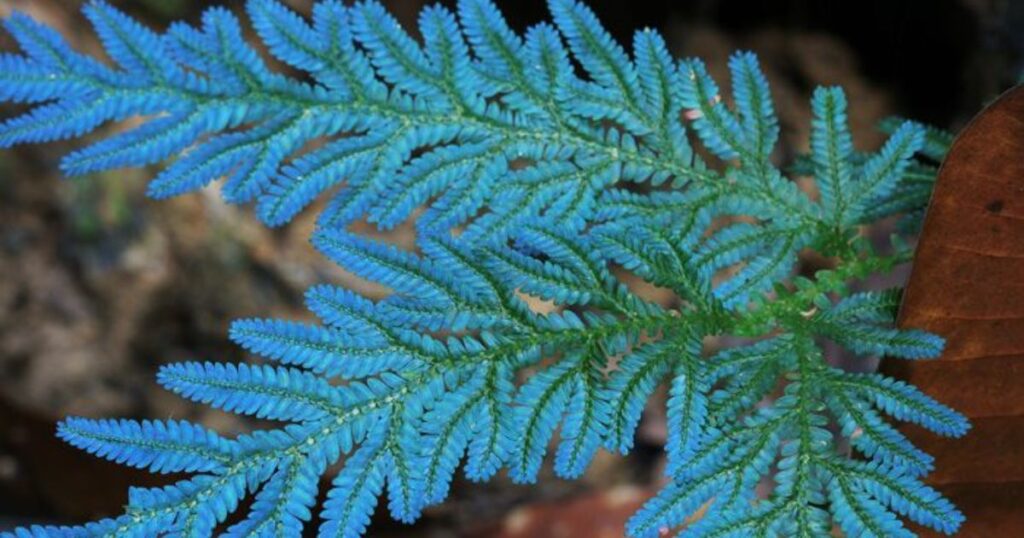Succulents typically thrive in direct sunlight, as they have adapted to tolerate intense sunlight. They require at least 6 hours of sunlight a day to grow well. However, some varieties can tolerate partial or filtered sun. It’s essential to know your specific succulent’s light requirements for optimal growth.
Discover the secret to flourishing succulents – Do succulents need direct sun? Uncover the key to their radiant growth and vibrant beauty. Learn the essentials of sunlight for your succulent well-being. Don’t miss out on the sunshine they crave; find out more now.
Succulents typically require direct sunlight for at least 6 hours a day to thrive. Direct sun exposure helps them grow healthy and maintain their vibrant colors. However, some succulents can tolerate partial or filtered sunlight if direct sun is unavailable.
Light Intensity
Succulents, in general, love sunlight. They are native to regions with high light intensity, such as deserts and arid areas. This means they are well-adapted to thrive in direct sunlight, which provides the intense light they need for photosynthesis.
Duration of Sunlight
Most succulents need a minimum of 6 hours of direct sunlight per day. This duration allows them to absorb the energy necessary for growth and maintain their vibrant colors. A lack of sunlight can lead to etiolation, a condition where succulents become stretched and pale as they reach for light.
Adaptation to Low Light
While many succulents prefer direct sunlight, some species have adapted to lower light conditions. These succulents can tolerate partial or filtered sunlight, making them suitable for indoor cultivation.
Variability Among Succulent Species

Not all succulents are created equal when it comes to their light requirements. Here, we will explore the variability among succulent species and their preferences for sunlight.
Full Sun Succulents
Full sun succulents, like Echeveria and Sedum, thrive in direct sunlight, typically requiring at least 6 hours of sun exposure daily for optimal growth and vibrant appearance.
Echeveria
“Are Echeveria Succulents Good For Beginners? Echeveria succulents are known for their stunning rosette shapes. They thrive in well-drained soil and bright sunlight. Placing them in direct sun for a significant portion of the day ensures their optimal growth and vibrant appearance. However, be cautious of overexposure, as it can lead to browning or sunburn.”
| Succulent Species | Light Requirements |
| Echeveria | Full sun, direct sun |
| Sedum | Full sun, direct sun |
| Haworthia | Partial sun, filtered light |
| Gasteria | Partial sun |
| Sansevieria | Low light (indoors) |
Sedum
Sedum is another popular succulent that adores full sun. They are particularly hardy and can withstand hot and dry conditions. Planting Sedum in areas with direct sunlight allows them to flourish and maintain their striking foliage.
Partial Sun Succulents
Partial sun succulents are adaptable plants that can thrive in environments with limited direct sunlight, making them suitable for indoor spaces and shaded areas.
Haworthia
Haworthia succulents are more forgiving when it comes to light. They can thrive in partial sun or filtered light, making them excellent choices for indoor or low-light environments. However, they can still benefit from occasional exposure to direct sunlight.
Gasteria
Gasteria is a type of succulent that can tolerate partial sun. They have distinctive tongue-shaped leaves and can adapt to different light conditions, making them suitable for various environments.
Low-Light Succulents
Low-light succulents, such as Sansevieria, are excellent choices for indoor environments with minimal sunlight, offering hardy and low-maintenance options for plant enthusiasts.
Sansevieria
Sansevieria, also known as the snake plant, is a succulent that can thrive in low-light conditions. It’s an excellent choice for indoor spaces with minimal sunlight. However, it’s crucial to avoid overwatering when growing Sansevieria indoors.
Meeting Succulents’ Light Needs
Now that we understand the varying light requirements of different succulent species, let’s delve into how to provide them with the ideal conditions to thrive.
Sun Placement
When growing succulents outdoors, choose a sunny spot with well-draining soil. Ensure that the location receives at least 6 hours of direct sunlight daily.
Indoor Care
If you’re cultivating succulents indoors, place them near a bright window that receives indirect sunlight for most of the day. Avoid placing them too close to a window with intense, direct sun exposure, as this can lead to scorching.
Proper Pot Selection
Select pots with drainage holes to prevent water from accumulating at the root level, which can lead to root rot. Well-draining soil is also essential to keep your succulents healthy.
Monitor and Adjust
Regularly observe your succulents for signs of overexposure or insufficient light. If you notice browning, wilting, or stretching, consider adjusting their light exposure accordingly.
Seasonal Considerations
In this paragraph, it’s important to consider whether succulents need direct sun. Keep in mind that light availability can change with the seasons. During the winter months, when the sun is lower in the sky and daylight hours are shorter, you may need to provide artificial lighting for your indoor succulents.
Common Light-Related Issues
Understanding the light needs of succulents can help prevent common issues that arise from improper lighting.
Etiolation
Etiolation occurs when succulents stretch out and become leggy due to insufficient light. To prevent this, ensure they receive the recommended amount of sunlight.
Sunburn
On the flip side, succulents can develop sunburn if exposed to too much direct sun especially during the hottest parts of the day. Protect them during extreme heat, and gradually acclimate them to direct sun exposure.
Final Thoughts
In summary, the question of whether succulents need direct sun depends on the specific species and their light requirements. While most succulents thrive in direct sunlight, some can tolerate lower light conditions, making them suitable for indoor or shaded areas. To ensure your succulents flourish, it’s crucial to understand their individual needs, monitor their health, and provide the right amount of light. With the proper care, you can enjoy the beauty of these captivating plants in your garden or indoor spaces.
FAQ’S
Can succulents survive without direct sunlight?
Yes, many succulents can survive without direct sunlight, as some species can tolerate partial or filtered light, making them suitable for indoor or shaded environments.
Can succulents grow in shade?
Some succulents can tolerate shade, but most prefer at least partial sunlight to thrive.
How often do you water a succulent
Succulents should be watered sparingly, allowing the soil to dry out completely between watering, typically every 2-4 weeks, depending on environmental conditions.
Conclusion
Understanding the light needs of succulents is vital for their successful cultivation. While the general rule is that succulents need direct sun, it’s essential to recognize the nuances among different species. Some thrive in full sunlight, while others can tolerate partial or filtered light. By selecting the right succulent varieties and providing them with the ideal light conditions, you can enjoy healthy, vibrant plants in your garden or indoor spaces.
Moreover, maintaining a watchful eye on your succulents is crucial. Whether grown indoors or outdoors, regularly monitor them for signs of overexposure or insufficient light. Adjust their light exposure as needed to prevent issues like etiolation or sunburn.In the end, the question of whether succulents need direct sun has a multifaceted answer. The key lies in tailoring their care to their individual requirements, ensuring they receive the right balance of sunlight to showcase their unique beauty and resilience.










